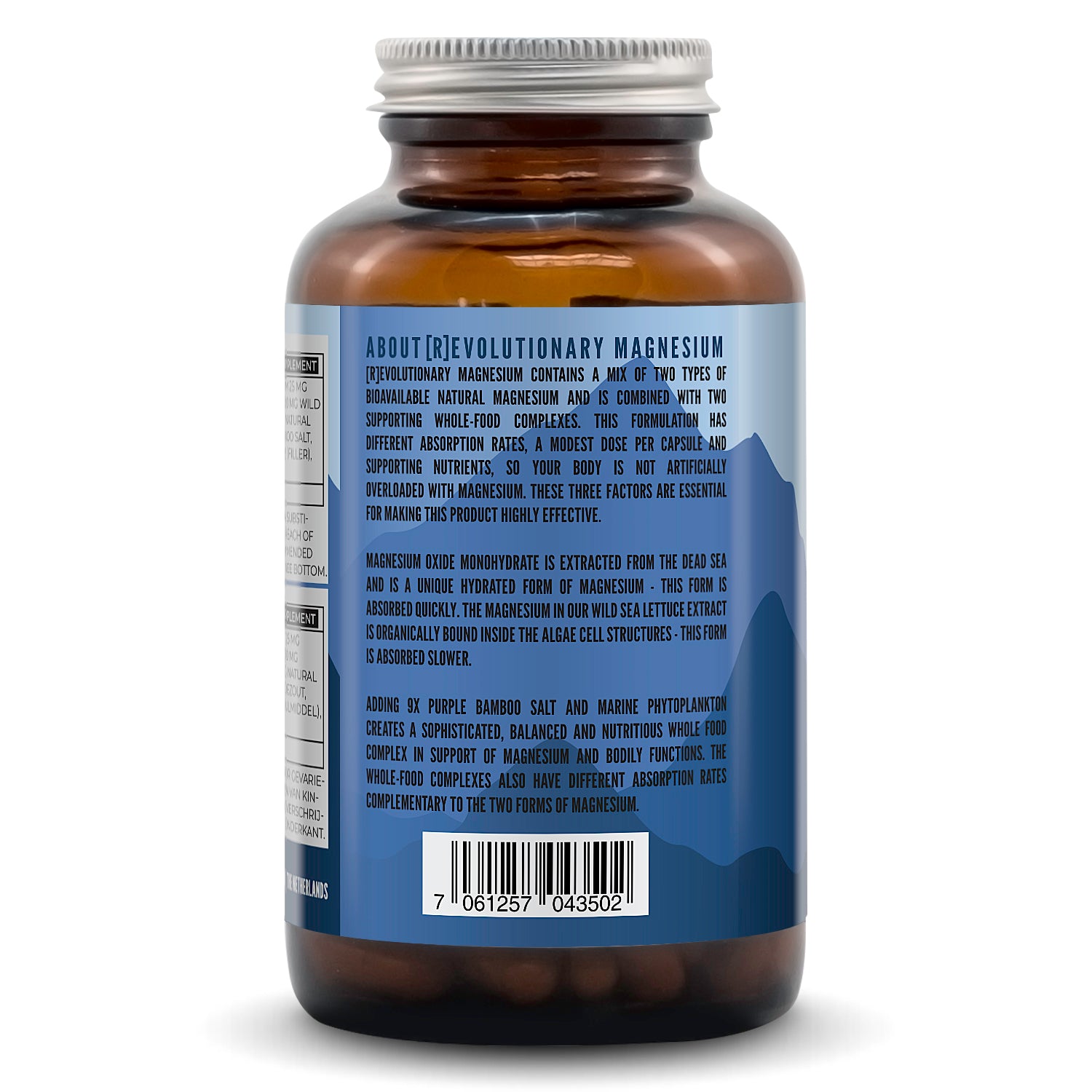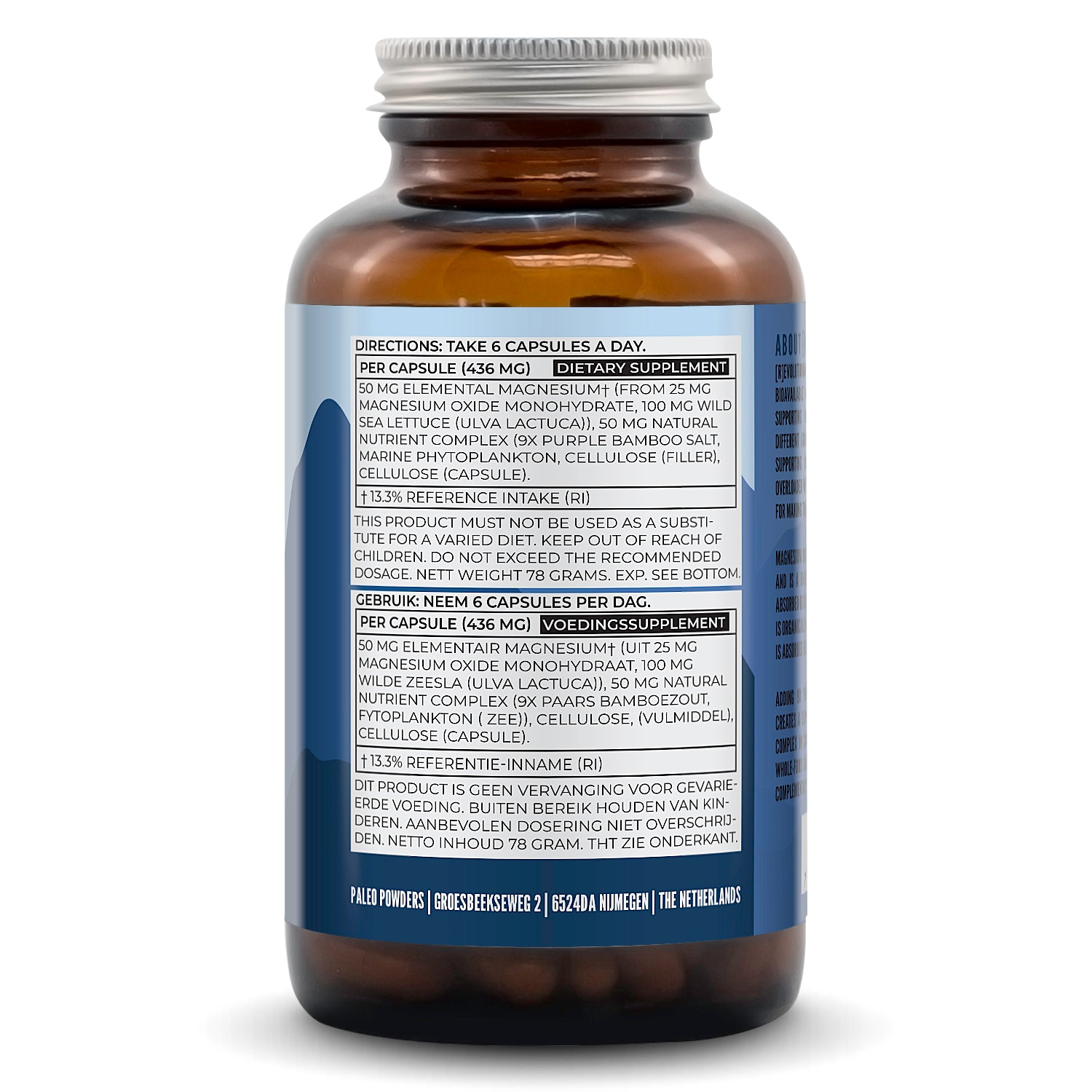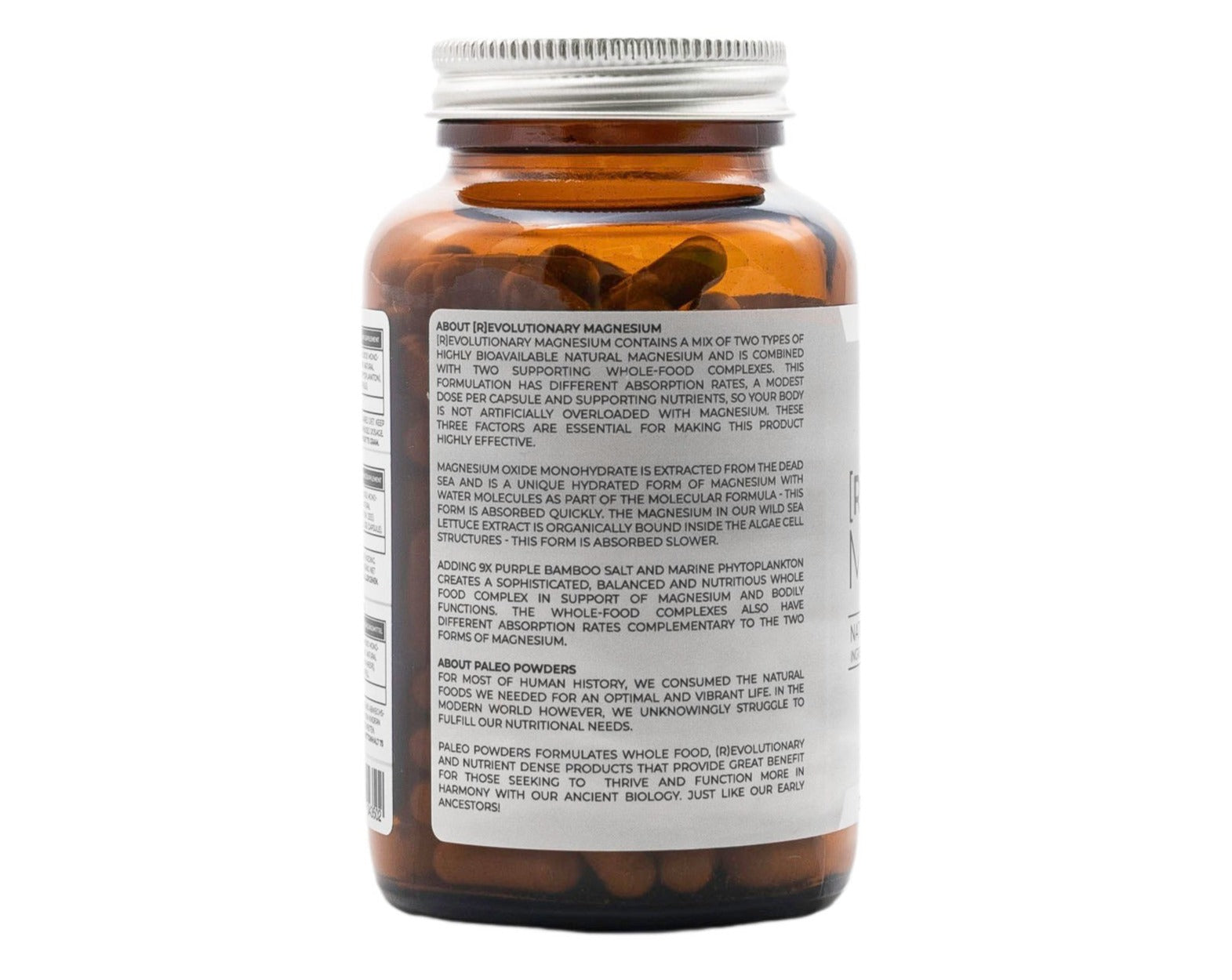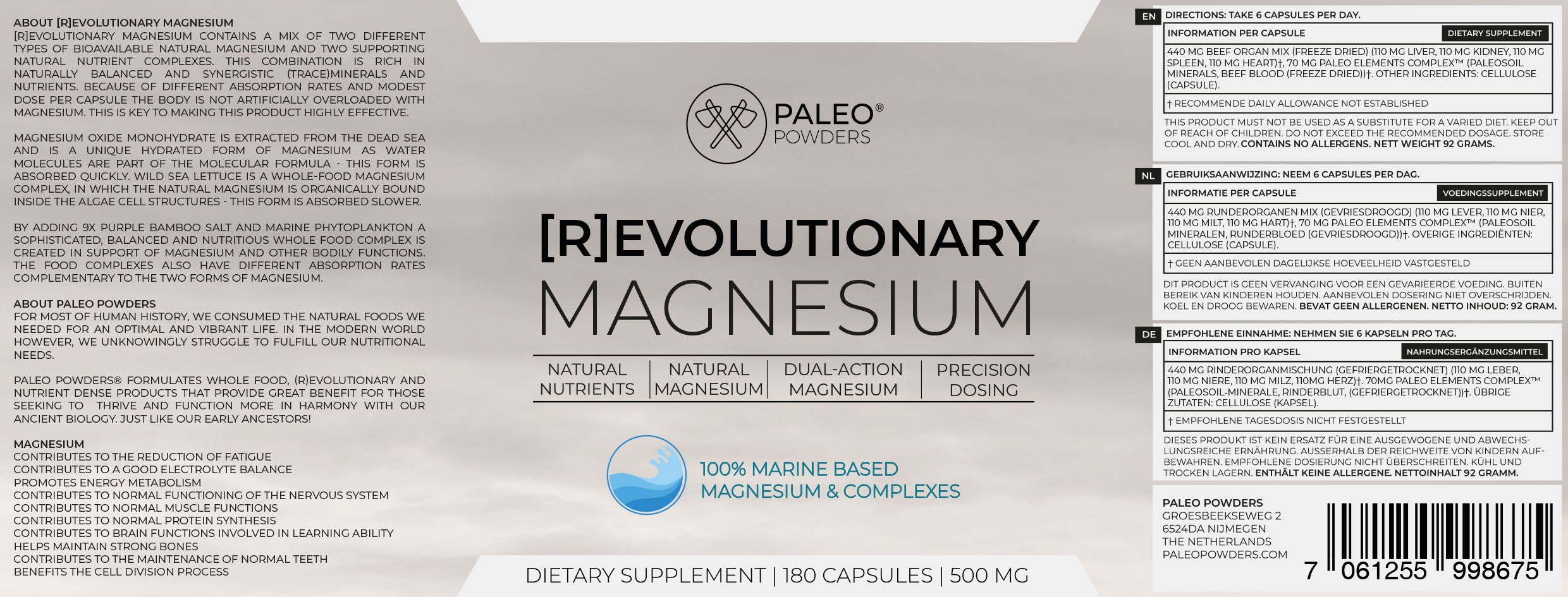
What is beef tallow?
Beef tallow, also known as beef fat, is the most valuable part of the fat of beef. It is collected from the fat layer of cattle and is processed into a solid through heating and cooling. It was already an important part of their diet for our ancestors. They considered animal fat to be the most nutritious and useful part of an animal, and it was the basis for their primitive, healthful diet.
But what makes beef tallow so nutritious?
Beef fat contains saturated fatty acids, which consist of approximately 50% of molecules such as palmitic acid and stearic acid. Our body cells need a high concentration of these saturated fatty acids to function properly. In addition, grass-fed beef tallow is rich in unsaturated fatty acids such as linoleic acid, arachidonic acid, oleic acid and alpha-linolenic acid. These fats provide a matrix for the fat-soluble vitamins A, D, K and E, which are mainly found in fatty foods and can be stored in the body.
Our ancestors understood the value of r undervet and ate it regularly. Not only was it an important source of nutrition, but it was also used for cooking, lighting and even as skin care. Today, beef tallow may not be as commonly used, but it still has a special place in many cultures and is considered a nutritious and versatile food source.
Nowadays tallow becomes underbold may not be as widely used as it used to be, but it still holds a special place in many cultures and is considered a nutritious and versatile food source. Tallow is making a comeback and a new generation of people are rediscovering its benefits. In New Zealand beef tallow from grass-fed cattle is considered among the best in the world. The grass-fed cows graze through the green pastures of New Zealand, producing tallow that is not only rich in healthy fats but also free of harmful chemicals and toxins.
Also in the field of sustainability, New Zealand is known for its commitment to responsible and ethical livestock farming. The country's livestock is raised on pasture, which not only supports the health and welfare of the animals, but also helps to preserve the natural environment. This ensures that the beef fat produced in New Zealand is of the highest quality and is produced in a sustainable manner.
The nutritional profile of tallow
When it comes to nutritious foods, beef tallow may not immediately come to mind. However, when beef tallow comes from grass-fed animals, it can be incredibly nutritious. The macronutrient profile of beef tallow consists primarily of fat. It contains no carbohydrates or proteins and is 100% fat. Most of the fat in beef tallow is saturated fat. To understand the composition of the fat, here is an overview of the fatty acids in beef fat:
|
Macronutrients |
Per teaspoon (calories) |
Per 100 grams (calories) |
|
Calories |
115 |
902 |
|
Carbohydrates |
0 g |
0 g |
|
Total fat |
12.8g |
100g |
|
Saturated |
6.4g |
49.8g |
|
Monounsaturated |
5.4g |
41.8g |
|
Polyunsaturated |
0.5g |
4 g |
|
Omega-3 |
0.08 g |
0.6g |
|
Omega-6 |
0.4g |
3.1 g |
|
Egg white |
0 g |
0 g |
5 Benefits of Taking Beef tallow:
Beef tallow is a versatile ingredient that offers numerous health benefits. Here are a few of the notable benefits:
1. Source of Nutritious Fatty Acids: Beef tallow is a rich source of several types of healthy fatty acids, including monounsaturated fatty acids such as palmitoleic acid, long-chain saturated fatty acids such as palmitic acid and stearic acid, and natural trans fats such as conjugated fatty acids. linoleic acid. These fatty acids play a crucial role in maintaining heart health, insulin sensitivity, skin health and more.
2. Packed with fat-soluble vitamins: Tallow contains a host of beneficial nutrients, including vitamins A, D, E and K, which play a role in cell growth, immune system support and antioxidant protection.
3. Supports efficient fat burning: When you have a high-fat diet, the human body adapts by increasing fat burning. Beef fat helps keep blood sugar and insulin levels low, allowing the body to stay in fat-burning mode. Additionally, the fatty acids in sebum can help the body use stored fat as fuel.
4. Protects Against Oxidative Damage: The saturated fats in beef tallow have been shown to protect cells against various forms of stress, including glycation, oxidation and endotoxin buildup.
5. Nourishing for the skin: tallow offers numerous benefits for the skin, both when ingested and when used topically. Many people notice an improvement in their skin color after increasing their intake of sebum or other animal fats. For even better skin care results, you can also apply sebum directly to your skin. The fatty acids present in sebum, including palmitoleic acid, palmitic acid and stearic acid, closely mirror the composition of sebum oil in the skin.
These benefits of beef tallow make it a nutritious and versatile ingredient for any healthy diet.
Conclusion
Beef Tallow is the ultimate multitasker in the kitchen and in your skincare routine. Packed with nutrients and healthy fats, it helps support fat burning, protects against oxidation and makes your skin glow.
So the next time you're faced with the dilemma of choosing between a tasty treat or a nutritious ingredient, remember: with beef tallow you don't have to choose! It's the perfect combination of tasty and nutritious, giving you the best of both worlds.











